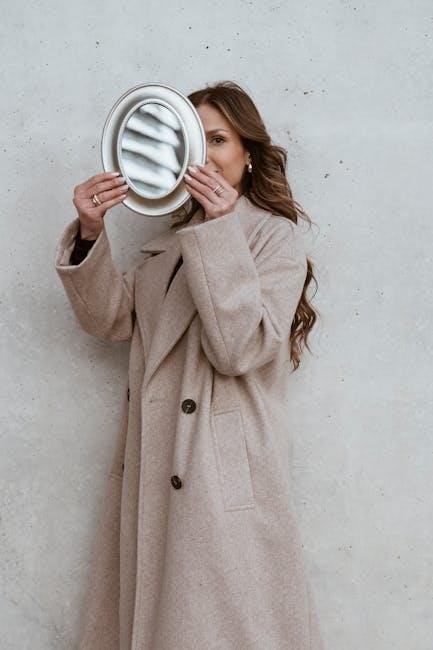outfit guide
Category : Guide
Outfit Guide: Creating Stylish and Confident Looks
Embark on a journey to unlock your sartorial potential! This guide provides the keys to crafting stylish outfits, ensuring you feel confident every time you step out. Discover tips and tricks to elevate your personal style and create looks that reflect your unique personality.
Understanding Your Personal Style
Discovering your personal style is the cornerstone of creating a wardrobe you love. It’s about identifying the silhouettes, colors, and textures that resonate with you and make you feel your best. Start by exploring your current closet: What do you wear most often? What pieces make you feel confident and comfortable?
Consider your lifestyle and the activities you engage in regularly. Your wardrobe should reflect your daily needs, whether it’s professional attire, casual weekend wear, or something in between.
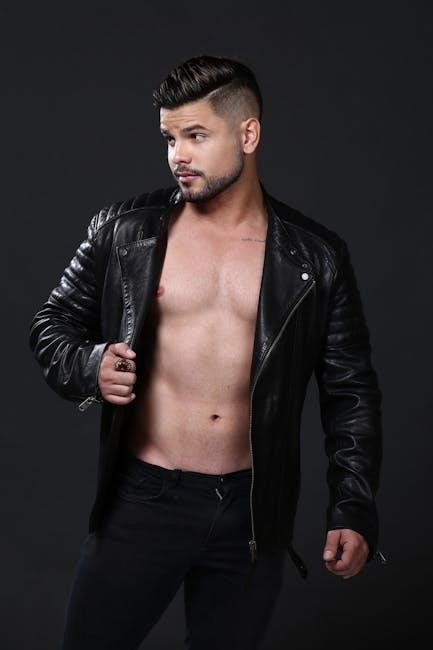
Don’t be afraid to experiment with different styles and trends. Browse fashion blogs, magazines, and social media for inspiration. Pay attention to what catches your eye and try incorporating elements of those styles into your own looks. Remember, personal style is a journey of self-discovery, so embrace the process and have fun with it. The most important thing is to wear what makes you feel good and authentic to yourself. Ultimately, confidence is the best accessory!
Building a Versatile Wardrobe
Creating a versatile wardrobe is essential for effortless style; It’s about curating a collection of clothing items that can be mixed and matched to create a variety of outfits. Start with key basic pieces in neutral colors like black, white, navy, and gray. These are the foundation of your wardrobe and can be easily paired with other items.
Next, add complementary items in colors and patterns that you love. These pieces will add personality and interest to your outfits. Choose items that can be dressed up or down, depending on the occasion.
Consider the fabrics and textures of your clothing. Opt for high-quality materials that will last and are easy to care for. Don’t be afraid to invest in classic pieces that will never go out of style. With a versatile wardrobe, you’ll always have something to wear, no matter the occasion. Remember to focus on items that complement what you already own, maximizing your outfit possibilities.
Key Basic Pieces
A well-rounded wardrobe begins with essential basic pieces. These are the foundational items that can be mixed and matched to create a multitude of outfits. A classic white t-shirt is a must-have, offering endless styling possibilities from casual to elevated looks. Invest in a pair of well-fitting jeans in a versatile wash, such as dark denim, which can be dressed up or down.
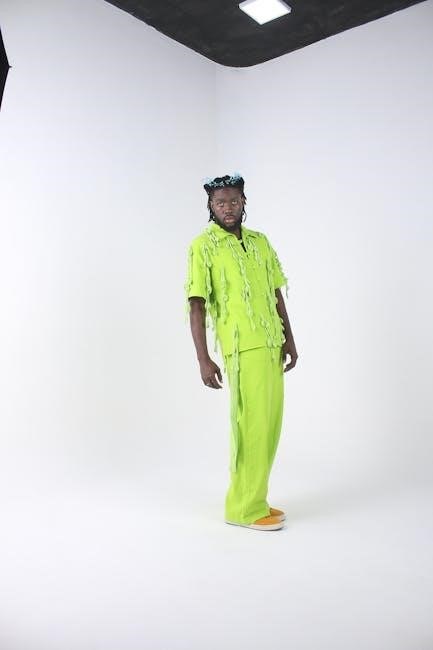
A black blazer is another indispensable item, instantly adding polish to any outfit. A neutral-colored sweater, like a cashmere crew neck in gray or navy, provides warmth and style. Don’t forget a versatile little black dress (LBD) that can be transformed with accessories for various occasions.
Finally, comfortable and stylish sneakers, like white canvas Converse, are perfect for everyday wear. These key basic pieces form the core of a functional and fashionable wardrobe. Prioritizing quality over quantity ensures these items will serve you well for years to come.
Adding Complementary Items
Once you have established your key basic pieces, the next step is to introduce complementary items that will enhance and expand your outfit options. Consider adding pieces that reflect your personal style and interests. A versatile skirt, such as a midi or A-line silhouette, can be paired with various tops for different looks.
Explore incorporating patterned blouses or shirts to add visual interest to your outfits. A well-chosen jacket, like a denim jacket or trench coat, can provide both style and functionality. Don’t be afraid to experiment with different colors and textures to create unique and eye-catching combinations.
Accessories play a crucial role in elevating your look, so invest in scarves, jewelry, and bags that complement your existing wardrobe. Remember to choose items that are versatile and can be mixed and matched effortlessly. By adding complementary pieces, you can transform your basic wardrobe into a collection of stylish and personalized outfits.
Outfit Planning Strategies
Effective outfit planning is key to creating stylish and well-coordinated looks with ease. Start by considering your daily schedule and activities. This will help you determine the appropriate level of formality and functionality required for your outfits. Take into account any special events or meetings that may influence your clothing choices.
Another important factor to consider is the weather forecast. Plan your outfits according to the expected temperature and conditions to ensure comfort and practicality. Utilize layering techniques to adapt to fluctuating temperatures throughout the day.
To streamline the outfit planning process, consider creating a visual journal or using a digital planning tool. This will allow you to document successful outfit combinations and identify gaps in your wardrobe. Experiment with different color palettes and accessory pairings to create a variety of looks from your existing pieces. By implementing these strategies, you can minimize wardrobe stress and maximize your style potential.
Considering the Occasion
Selecting an appropriate outfit hinges significantly on the occasion. A crucial aspect of outfit planning is understanding the event’s dress code or expected style. Is it a formal gala, a casual brunch, or a business meeting? Each scenario demands a distinct approach to clothing selection.
For formal events, opt for elegant dresses, sophisticated suits, or tailored separates. Choose luxurious fabrics and refined accessories to elevate your look. In contrast, casual gatherings allow for more relaxed and comfortable attire. Jeans, T-shirts, and sneakers can be appropriate, depending on the specific setting.
Business meetings often require professional attire. A well-fitted blazer, dress pants or skirt, and a crisp blouse can convey competence and confidence. When in doubt, it’s always better to err on the side of being slightly overdressed than underdressed. Consider the context and choose pieces that align with the event’s atmosphere and purpose.
Factoring in the Weather
Weather conditions play a pivotal role in outfit selection. Before choosing your clothes, check the forecast to ensure you’re adequately prepared for the day’s temperature, humidity, and potential precipitation.
In warm weather, opt for lightweight, breathable fabrics like cotton, linen, or rayon. Light colors can help reflect sunlight and keep you cooler. Consider wearing shorter sleeves or skirts to stay comfortable in the heat. Conversely, cold weather requires warmer, insulating materials such as wool, fleece, or down. Layering is key to adapting to fluctuating temperatures.
Don’t forget accessories like scarves, hats, and gloves to protect yourself from the cold. Rainy weather calls for waterproof outerwear, such as a raincoat or umbrella. Choose shoes that are suitable for wet surfaces to avoid slips and falls. By taking the weather into account, you can ensure both comfort and style. Also, keep an umbrella or raincoat in the car or in a place that is easy to reach.
Outfit Planning: Journaling Outfits
Journaling your outfits is a fantastic way to track your style evolution and refine your fashion choices. By documenting what you wear, you gain valuable insights into what works best for you, leading to a more curated and confident wardrobe. Start by taking a photo of each outfit you wear, noting the individual pieces and accessories.
In your journal, record details such as the occasion, the weather, and how you felt wearing the outfit. Did you receive compliments? Were you comfortable all day? Over time, patterns will emerge, revealing your favorite combinations and identifying items that consistently make you feel good. Use your journal to experiment with new styles and challenge your existing wardrobe.
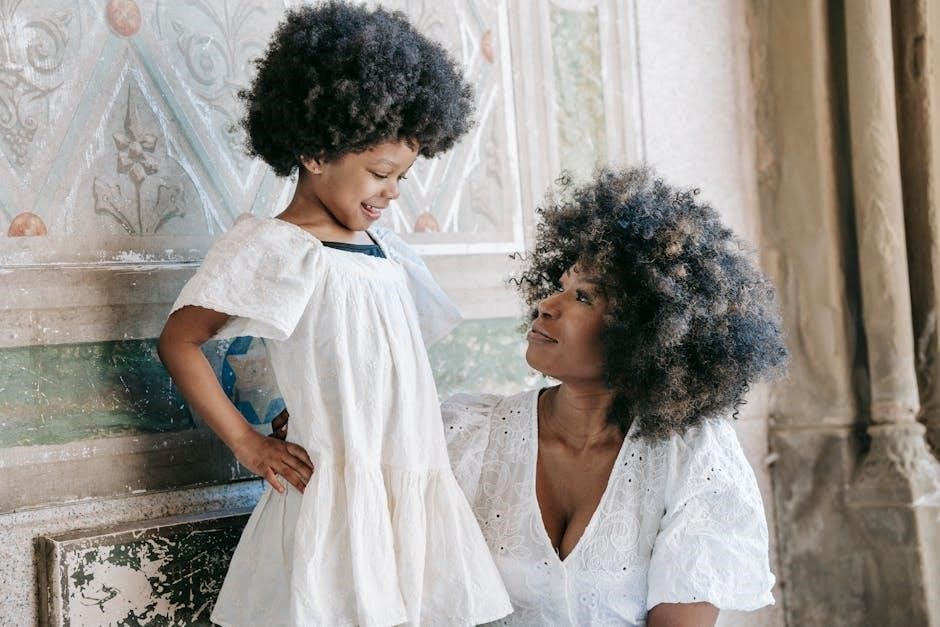
Try different color combinations, silhouettes, and accessory pairings, and document the results. This process allows you to discover new outfit possibilities and break out of your style comfort zone. Reviewing your outfit journal regularly will help you make informed decisions when shopping, ensuring that you only purchase items that complement your existing wardrobe.
Elevating Your Look with Accessories
Accessories are the unsung heroes of a stylish outfit, possessing the power to transform a simple ensemble into a head-turning statement. They add personality, polish, and a touch of individuality, allowing you to express your unique style. Consider accessories as the finishing touches that complete your look, adding depth and dimension to your overall appearance.
From statement jewelry to elegant scarves, the right accessories can instantly elevate your outfit and showcase your attention to detail. Experiment with different textures, colors, and styles to find accessories that complement your existing wardrobe and enhance your personal style. Don’t be afraid to mix and match, combining classic pieces with trendy accents to create unexpected and eye-catching combinations.
Remember, accessories are not just about aesthetics; they can also serve a practical purpose. A stylish belt can cinch your waist and define your silhouette, while a chic handbag can keep your essentials organized and easily accessible. By carefully selecting accessories that are both functional and fashionable, you can elevate your look and enhance your overall confidence.
Scarves for Instant Style Upgrade
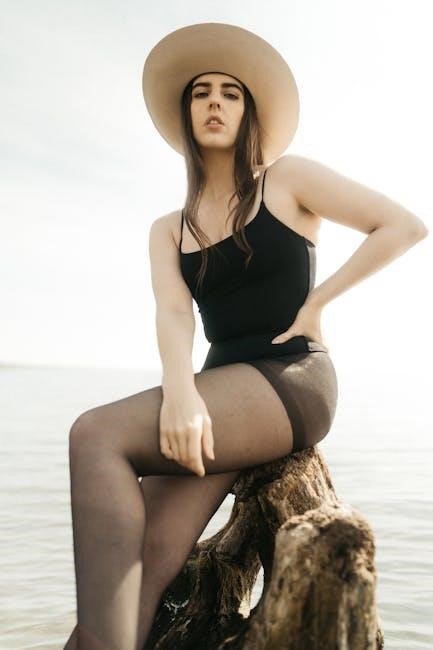
A scarf is an incredibly versatile accessory that can instantly elevate any outfit. It’s a simple yet powerful tool for adding color, texture, and personality to your look. Whether you’re dressing up a casual outfit or adding a touch of sophistication to a more formal ensemble, a scarf can make all the difference.
The beauty of scarves lies in their versatility. They come in a wide array of colors, patterns, fabrics, and sizes, allowing you to find the perfect scarf to complement your personal style. Experiment with different ways to wear a scarf to create unique and interesting looks. Drape it loosely around your neck for a relaxed vibe, tie it in a knot for a touch of elegance, or use it as a head wrap for a bohemian flair.
Scarves are not just for cold weather; they can be worn year-round to add a touch of style to any outfit. In the summer, opt for lightweight scarves made from breathable fabrics like silk or cotton; In the winter, choose thicker scarves made from wool or cashmere for added warmth and comfort.
The Power of Jewelry
Jewelry possesses a remarkable ability to transform an outfit, adding personality, sophistication, and a touch of sparkle. It’s the perfect finishing touch, capable of elevating even the simplest ensemble to something truly special. Understanding the power of jewelry lies in knowing how to select pieces that complement your style and enhance your overall look.
Consider your personal style when choosing jewelry. Are you drawn to minimalist designs, or do you prefer bolder, more statement-making pieces? Do you favor gold, silver, or a combination of metals? Answering these questions will help you curate a jewelry collection that reflects your unique taste.
Don’t be afraid to experiment with different styles and trends, but always prioritize quality over quantity. Invest in a few timeless pieces that you can wear for years to come. A classic necklace, a pair of elegant earrings, and a versatile bracelet are all essential additions to any jewelry collection.
Jewelry can also be used to express your personality and tell a story. Choose pieces that have sentimental value or that represent your interests and passions. Whether it’s a charm bracelet filled with meaningful trinkets or a necklace featuring your birthstone, jewelry can be a powerful form of self-expression.
The Importance of Confidence
Confidence is the ultimate accessory. It’s the invisible ingredient that elevates any outfit from simply clothes to a statement of self-assuredness. No matter how stylish your clothes are, if you don’t feel good in them, it will show. True style isn’t about following trends blindly; it’s about expressing yourself authentically and owning your look.
The key to dressing confidently lies in understanding your personal style, building a versatile wardrobe, and knowing how to put together outfits that make you feel comfortable and empowered. It’s about finding clothes that fit well, flatter your body type, and reflect your personality.
Don’t be afraid to experiment with different styles and trends, but always stay true to yourself. Wear what makes you happy and what makes you feel good. When you feel confident in your clothes, you’ll project an aura of self-assurance that will draw people in.
Remember, style is a journey, not a destination. It’s about learning what works for you, embracing your individuality, and having fun with fashion. So, go out there, experiment with your wardrobe, and discover the power of confidence.
Fashion Tips and Tricks
Elevate your style with these simple yet effective fashion tips and tricks! Start by understanding the power of a well-fitted garment. Clothes that fit impeccably can instantly enhance your silhouette and boost your confidence. Don’t underestimate the impact of tailoring; it can transform even the most basic pieces into something special.
Master the art of layering to create dimension and visual interest in your outfits. Experiment with different textures and fabrics to add depth. A well-placed scarf, a statement necklace, or a stylish belt can completely transform your look.
Consider color coordination strategies. Knowing which colors complement each other can help you create harmonious and visually appealing outfits. Don’t be afraid to mix and match patterns, but ensure there’s a common thread, such as a shared color palette, to tie the look together.
Pay attention to the details. Polished shoes, a well-maintained handbag, and neatly styled hair can make all the difference. Finally, remember that fashion is about self-expression, so have fun and don’t be afraid to experiment with new styles!
Monochrome Outfits for a Polished Look
Discover the elegance and sophistication of monochrome outfits! Creating a monochrome look involves wearing different shades and textures of the same color, resulting in a cohesive and polished appearance. This style is not only timeless but also incredibly versatile, suitable for various occasions.
Start by selecting your base color, whether it’s a classic neutral like black, gray, or navy, or a bolder hue like burgundy or emerald green. Then, explore different tones and textures within that color family. For example, if you’re opting for an all-black ensemble, consider pairing a matte black sweater with glossy black pants and a textured leather jacket.
Accessorize strategically to break up the monotony and add visual interest. A metallic belt, a patterned scarf in a similar shade, or a statement piece of jewelry can elevate your monochrome outfit. Remember that fit is crucial for achieving a polished look, so ensure your clothes are well-tailored and flattering to your body shape.
With a bit of creativity and attention to detail, you can create a stunning monochrome outfit that exudes confidence and style!
Color Coordination Strategies
Mastering color coordination is vital for creating stylish and harmonious outfits. Understanding basic color theory and how colors interact will significantly enhance your ability to put together visually appealing looks. A fundamental approach is using the color wheel, which illustrates the relationships between different colors.
Complementary colors, located opposite each other on the wheel (e.g., blue and orange, red and green), create a vibrant and eye-catching contrast. Analogous colors, which are adjacent to each other (e.g., blue, blue-green, and green), provide a more subtle and harmonious effect. Triadic color schemes involve three colors evenly spaced apart on the wheel, offering a balanced yet dynamic combination.
Consider your skin tone and hair color when selecting colors. Warm skin tones often complement earth tones, reds, and yellows, while cool skin tones tend to pair well with blues, purples, and greens. Neutral colors like white, black, gray, and beige can serve as a versatile foundation for any outfit, allowing you to experiment with bolder accent colors.
Don’t be afraid to mix and match patterns and textures, but ensure the colors remain coordinated. With practice, you’ll develop a keen eye for color and create stunning outfits that reflect your personal style!
